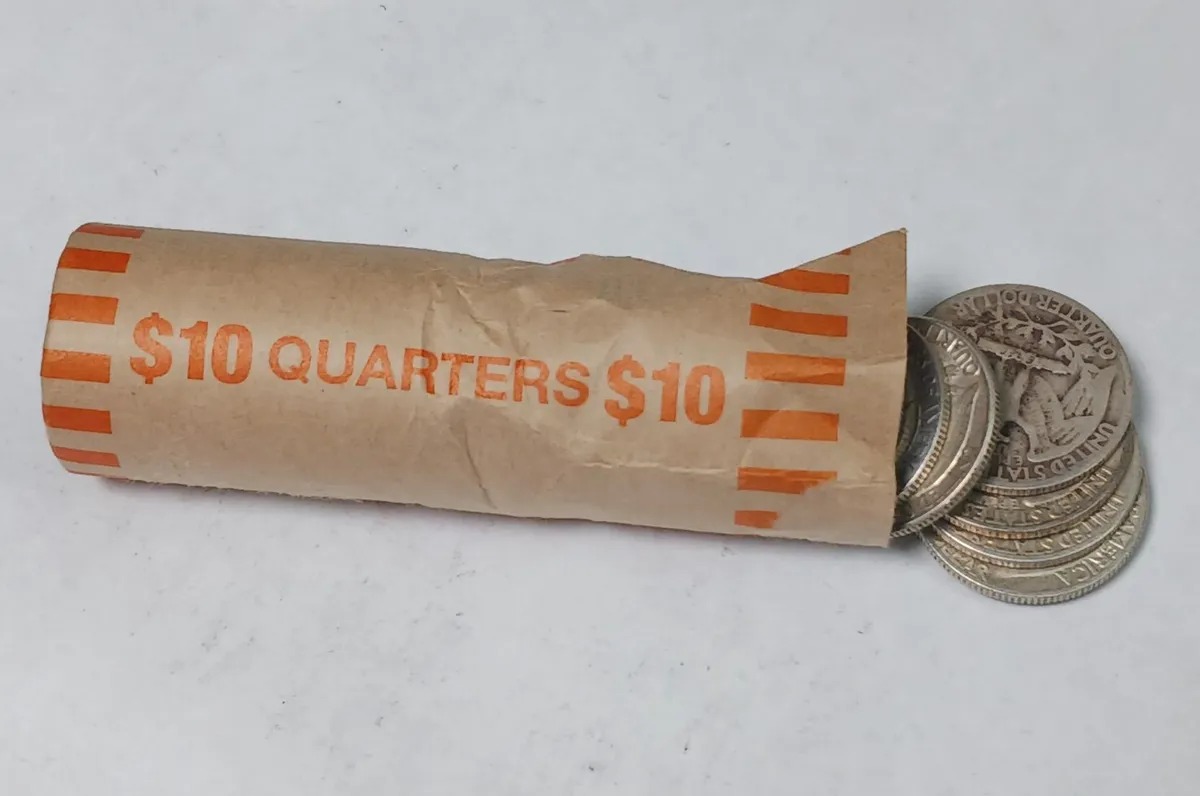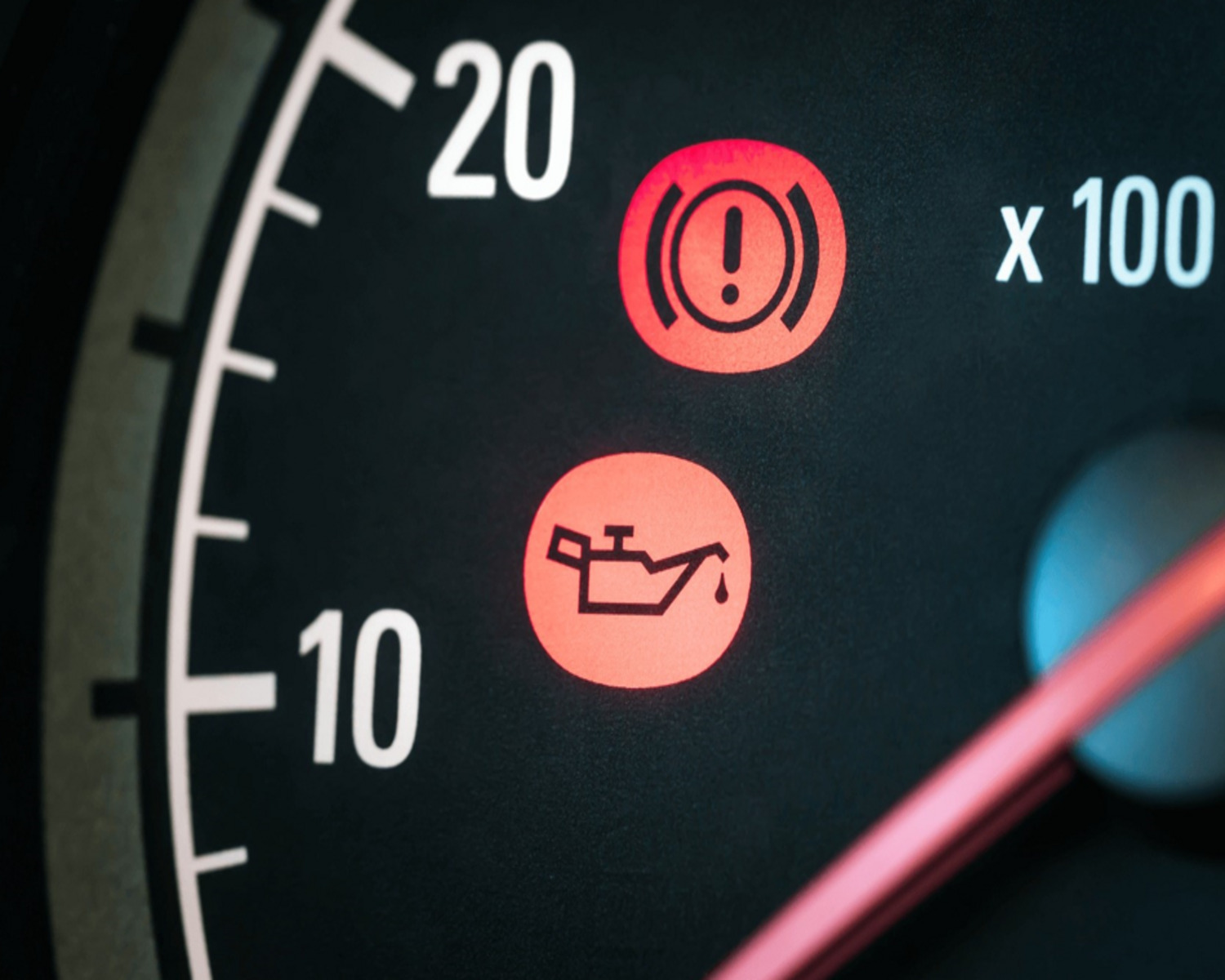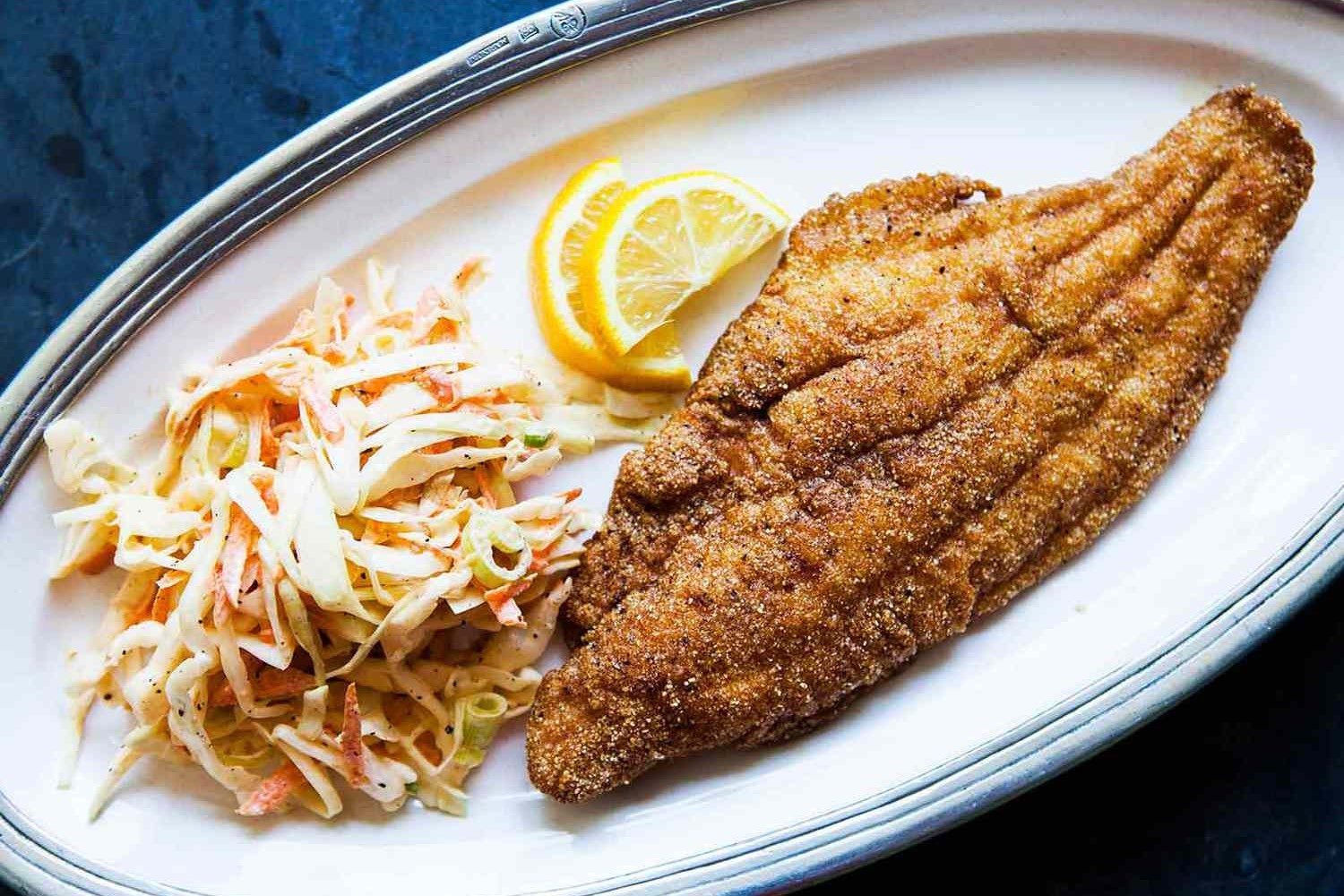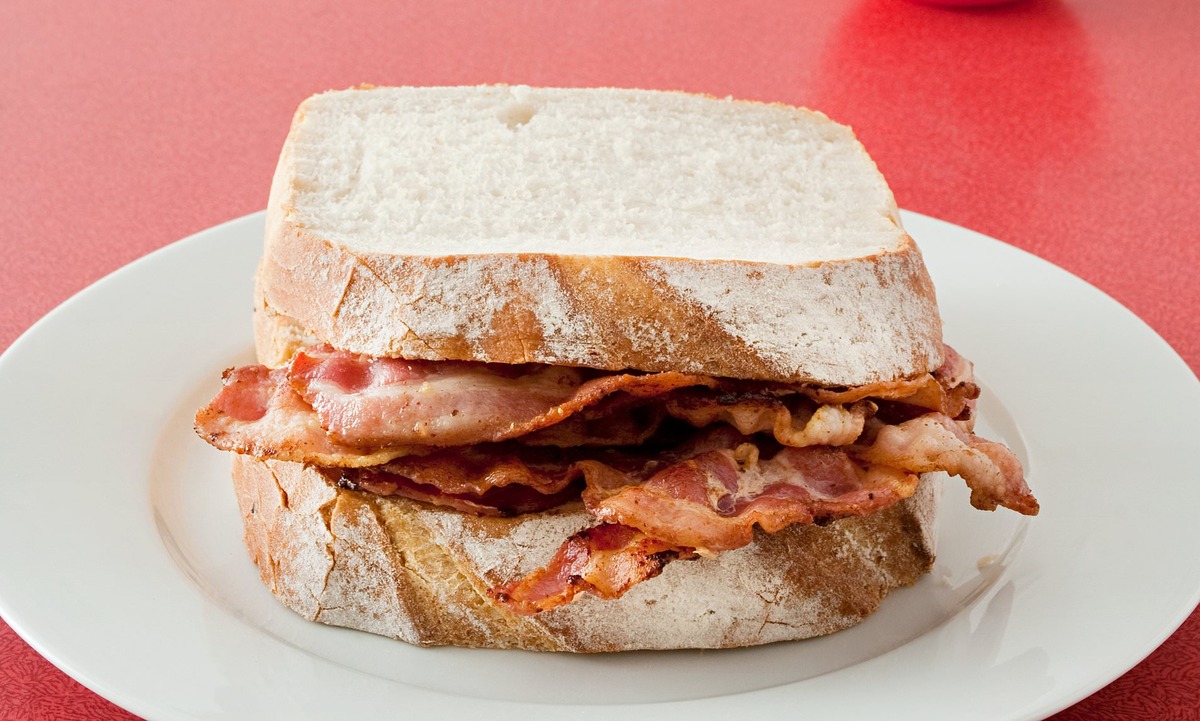Home>Business and Finance>You Won’t Believe How Much A Pound Of Quarters Is Worth!
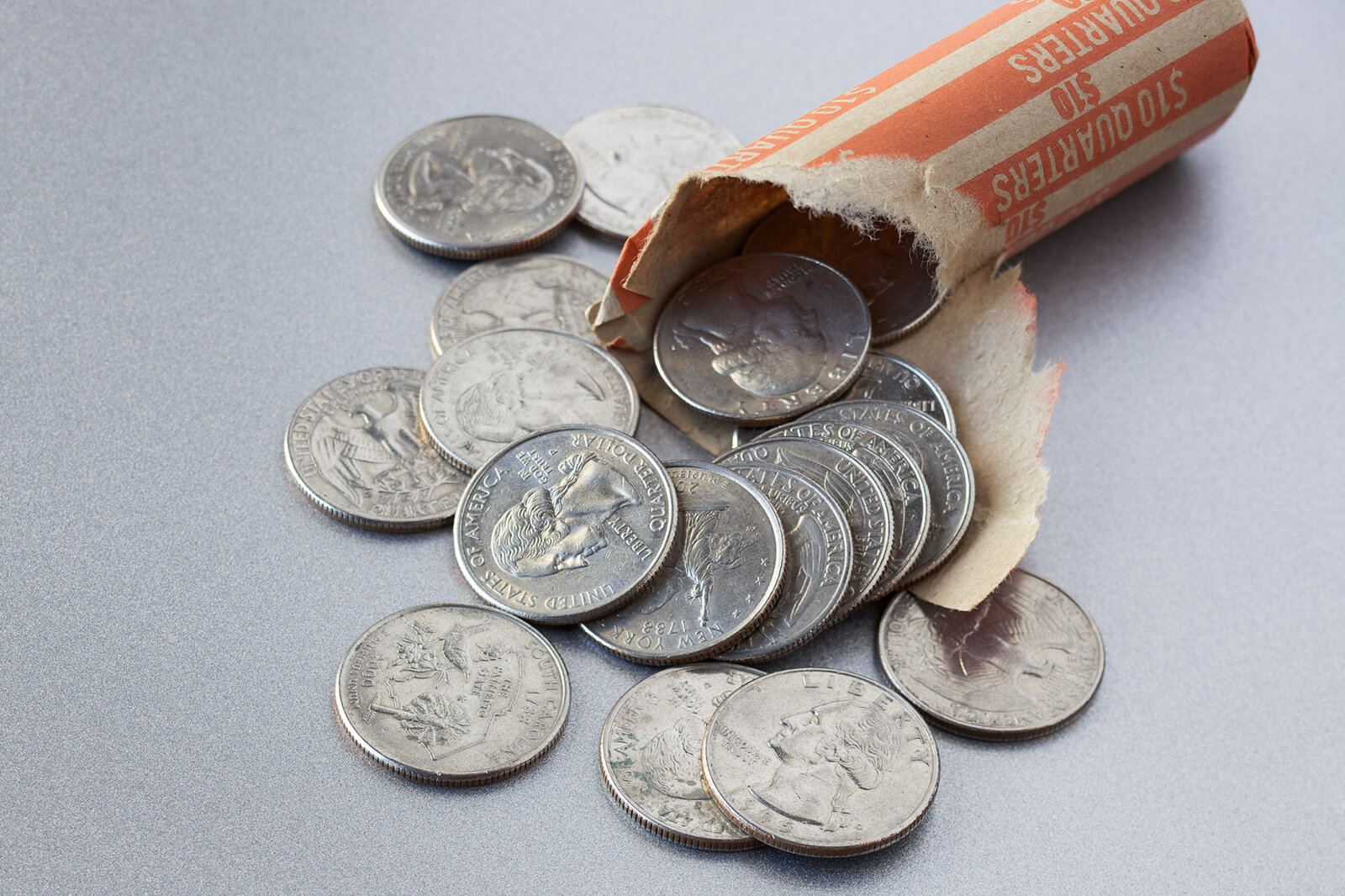

Business and Finance
You Won’t Believe How Much A Pound Of Quarters Is Worth!
Published: January 24, 2024
Discover the surprising value of a pound of quarters and learn how it can impact your business and finance. Explore the potential profits and financial implications now!
(Many of the links in this article redirect to a specific reviewed product. Your purchase of these products through affiliate links helps to generate commission for Noodls.com, at no extra cost. Learn more)
Table of Contents
Introduction
Have you ever wondered about the value of a pound of quarters? It may seem like a simple question, but the answer is far from straightforward. Quarters, those small, circular pieces of metal that jingle in our pockets, hold a surprising amount of value when examined closely. In this article, we will delve into the intriguing world of quarters and explore the factors that contribute to their worth.
From the clinking sound they make in a piggy bank to the convenience they offer in vending machines, quarters are an integral part of everyday life for many people. However, their significance goes beyond mere convenience. The value of a pound of quarters extends far beyond the sum of its parts, encompassing historical, economic, and numismatic dimensions.
In the following sections, we will unravel the mystery behind the value of a pound of quarters, examining the various factors that influence their worth. By gaining a deeper understanding of the intricate dynamics at play, we can appreciate the significance of these small yet impactful coins. So, let's embark on this fascinating journey to uncover the hidden value of a pound of quarters.
The Value of a Pound of Quarters
A seemingly unassuming pound of quarters holds a surprising amount of value beyond its physical weight. At first glance, one might assume that the value of a pound of quarters is simply the sum of its face value. However, the true worth of these coins extends far beyond their nominal value.
In the United States, a pound of quarters consists of 80 individual coins, with each quarter weighing approximately 5.67 grams. Considering the face value of a single quarter is 25 cents, a pound of quarters amounts to $20. While this may seem straightforward, the intrinsic value of the metal content in quarters adds an additional dimension to their worth.
Quarters minted before 1965 were composed of 90% silver and 10% copper, making them highly sought after by collectors and investors. With the rising price of silver, the metal content in these pre-1965 quarters significantly surpasses their face value. This phenomenon has led to the numismatic and precious metal communities assigning a higher value to these quarters based on their silver content.
Furthermore, the condition and rarity of individual quarters can greatly impact their value. Collectors and numismatists often seek out quarters with unique characteristics, such as minting errors, specific mint marks, or limited production numbers. These factors can elevate the value of individual quarters, contributing to the overall worth of a pound of quarters.
Beyond their numismatic and metal value, quarters play a crucial role in everyday commerce. Their widespread use in vending machines, laundry facilities, and parking meters underscores their practical value. The convenience and utility offered by quarters further enhance their overall worth, as they facilitate numerous transactions in various settings.
In essence, the value of a pound of quarters transcends its nominal and metal worth, encompassing historical, numismatic, and practical dimensions. This multifaceted nature underscores the enduring significance of quarters in the fabric of everyday life and broader economic contexts. As we continue our exploration, we will delve deeper into the factors that contribute to the value of a pound of quarters, shedding light on their intricate and multifaceted worth.
Factors Affecting the Value
The value of a pound of quarters is influenced by a myriad of factors, each contributing to the overall worth of these small yet significant coins. Understanding these factors is crucial in comprehending the multifaceted nature of the value associated with quarters.
1. Metal Content
The composition of quarters plays a pivotal role in determining their value. Quarters minted before 1965 were predominantly comprised of 90% silver and 10% copper, making them inherently more valuable due to their precious metal content. As the price of silver fluctuates in the market, the intrinsic worth of these silver quarters experiences corresponding shifts. This makes them highly sought after by collectors and investors, elevating their value beyond their face value.
2. Condition and Rarity
The condition and rarity of individual quarters significantly impact their value. Coins in pristine condition, devoid of wear and blemishes, command a higher premium in the numismatic market. Additionally, quarters with unique characteristics, such as minting errors, specific mint marks, or limited production numbers, are highly coveted by collectors, further amplifying their worth. The scarcity and distinctiveness of these quarters contribute to their heightened value, reflecting the intricate dynamics of numismatic valuation.
3. Numismatic Significance
Quarters with historical or numismatic significance hold a special place in the realm of coin collecting. Commemorative quarters, special editions, and coins with notable design elements attract collectors and enthusiasts, augmenting their value. The storytelling aspect of these quarters, often commemorating significant events or depicting iconic symbols, adds an intangible yet compelling dimension to their worth. This historical and cultural significance enhances the desirability and value of these unique quarters.
4. Practical Utility
The practical utility of quarters in everyday transactions and commercial settings contributes to their overall value. As a widely accepted form of currency, quarters facilitate a myriad of transactions, from vending machines to public transportation. This inherent utility underscores the enduring relevance and value of quarters in everyday commerce, further solidifying their worth beyond their monetary and numismatic aspects.
5. Market Demand
The demand for specific quarters within the numismatic and collecting communities significantly influences their value. Coins that are highly sought after due to their rarity, historical significance, or unique attributes command a premium in the market. The interplay between supply and demand dynamics within the numismatic sphere directly impacts the value of individual quarters, reflecting the broader trends and preferences within the collecting community.
In essence, the value of a pound of quarters is shaped by a complex interplay of metal content, condition, rarity, numismatic significance, practical utility, and market demand. These interconnected factors converge to imbue quarters with a multifaceted worth that transcends their nominal value, underscoring their enduring significance in both economic and cultural contexts.
Historical Significance
The historical significance of quarters extends far beyond their monetary value, encompassing a rich tapestry of cultural, economic, and national heritage. Since their introduction in 1796, quarters have served as a reflection of the evolving narrative of the United States, bearing witness to pivotal moments in the nation's history. From the iconic imagery adorning their surfaces to the commemorative editions honoring significant events, quarters encapsulate the essence of American heritage.
One of the most enduring symbols depicted on quarters is the effigy of George Washington, the first President of the United States. The portrayal of Washington on the obverse of quarters not only pays homage to his pivotal role in shaping the nation but also serves as a unifying emblem that resonates across generations. This enduring representation of leadership and statesmanship on the nation's currency underscores the historical significance of quarters as tangible artifacts of American identity.
Beyond the iconic portrayal of Washington, quarters have also featured various designs that commemorate pivotal events and symbols of national significance. The introduction of the 50 State Quarters Program in 1999 stands as a testament to the historical richness embedded within these small yet impactful coins. Each state-themed quarter showcases unique motifs that encapsulate the cultural, historical, and natural heritage of the respective states, offering a captivating journey through the tapestry of American history and diversity.
Furthermore, the release of the America the Beautiful Quarters Program in 2010 further amplified the historical significance of quarters, featuring designs that honor national parks and sites of historical importance. From the majestic landscapes of Yellowstone National Park to the profound legacy of the Tuskegee Airmen, these quarters serve as poignant tributes to the enduring spirit and heritage of the United States.
The historical significance of quarters is not confined to their designs alone; it also encompasses the evolution of coinage and monetary policy in the United States. The transition from the iconic silver quarters to the contemporary clad compositions reflects the dynamic interplay between economic imperatives, technological advancements, and societal changes. This evolution underscores the intricate relationship between currency and historical context, showcasing the adaptability and resilience of quarters in the face of shifting economic landscapes.
In essence, the historical significance of quarters transcends their monetary value, weaving a compelling narrative of American history, culture, and identity. As tangible conduits of national heritage, quarters stand as enduring testaments to the enduring legacy of the United States, encapsulating the spirit of resilience, innovation, and diversity that define the nation's historical tapestry.
Conclusion
In conclusion, the value of a pound of quarters extends far beyond its nominal worth, encompassing a multifaceted tapestry of historical, numismatic, and practical significance. From the intrinsic value of pre-1965 silver quarters to the numismatic allure of rare and unique specimens, quarters embody a captivating blend of monetary worth and historical resonance.
The interplay of metal content, condition, rarity, numismatic significance, and practical utility converges to imbue quarters with a complex and dynamic worth that transcends their face value. The historical significance of quarters, reflected in iconic designs and commemorative editions, serves as a testament to the enduring narrative of American heritage woven into these small yet impactful coins.
As we reflect on the value of a pound of quarters, it becomes evident that these unassuming coins carry a profound legacy that resonates across time and culture. Whether cherished for their precious metal content, sought after for their numismatic allure, or utilized for their practical utility, quarters stand as enduring symbols of economic vitality and historical continuity.
In the ever-evolving tapestry of numismatics and historical appreciation, quarters remain steadfast as tangible conduits of national identity and resilience. Their enduring presence in everyday commerce and the numismatic sphere underscores their enduring relevance and significance, enriching the fabric of economic and cultural narratives.
Ultimately, the value of a pound of quarters transcends mere monetary calculations, inviting us to embark on a journey through the annals of history, the dynamics of commerce, and the enduring allure of numismatics. As we continue to marvel at the hidden worth of these small yet impactful coins, we are reminded of the intricate interplay between value, history, and the enduring legacy encapsulated within a humble pound of quarters.

